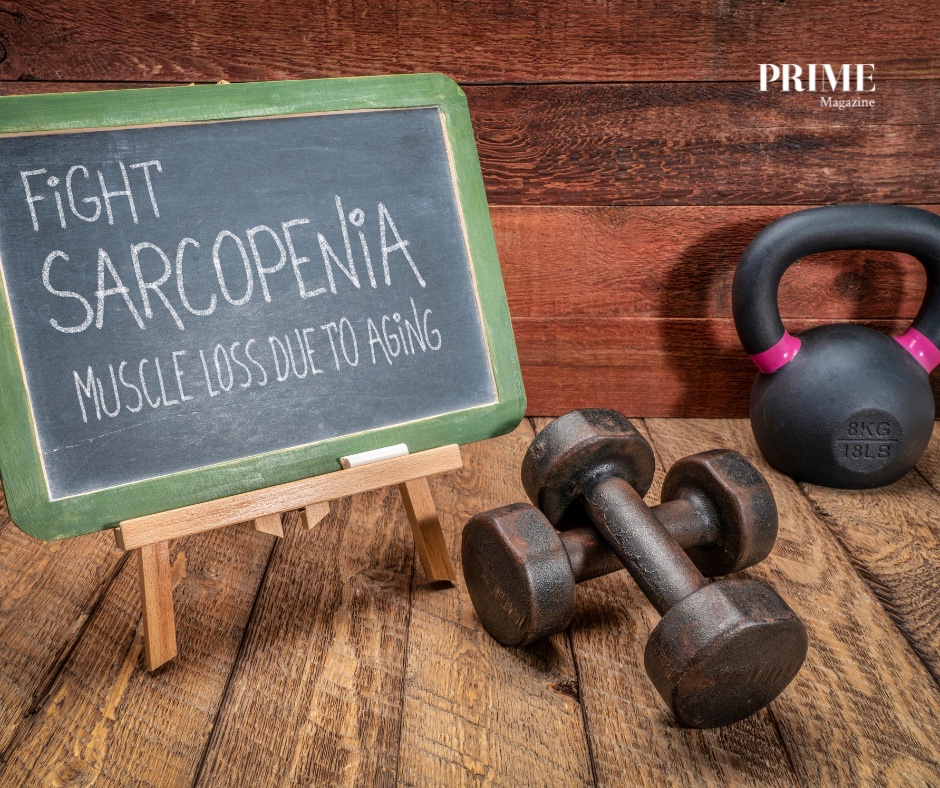
If you’ve noticed your strength or stamina slipping with age, you’re not alone. Sarcopenia — the age-related loss of muscle mass — affects up to 1 in 3 older adults. But here’s the good news: it’s not inevitable, and it’s not irreversible.
With the right steps, you can slow, prevent, and even reverse sarcopenia. This article shares proven ways to keep your muscles strong, your body mobile, and your independence intact — no matter your age.
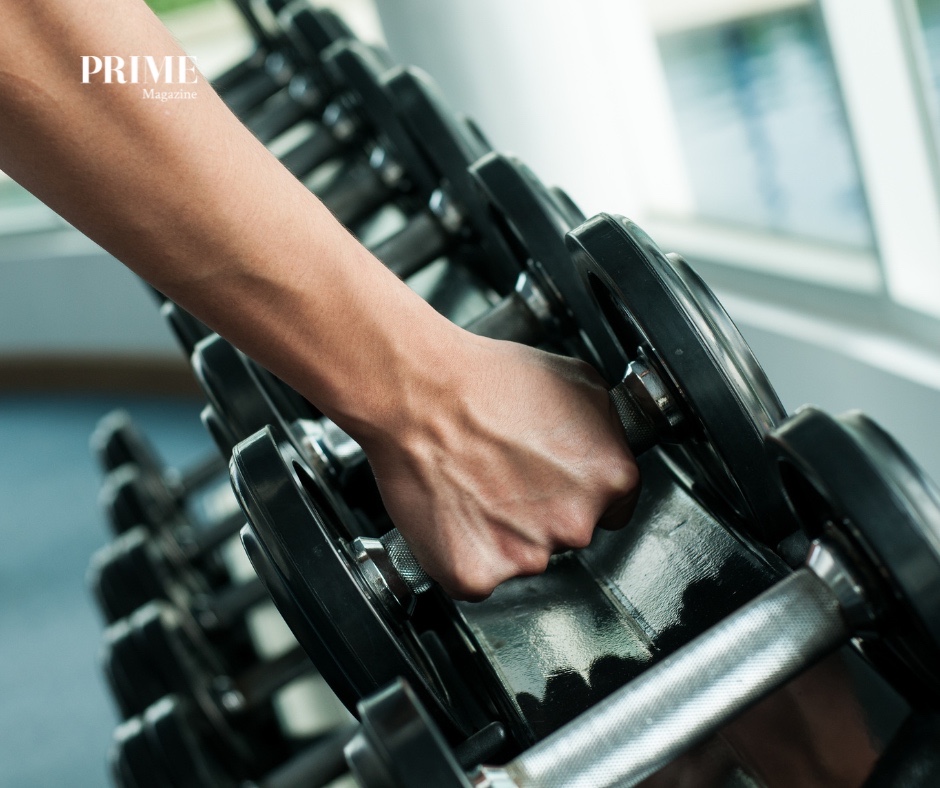
1. Strength Training Is the #1 Game Changer
The single most effective intervention for sarcopenia is resistance or strength training — exercises that work your muscles against weight or resistance.
You don’t need to lift heavy barbells. Simple, progressive exercises using body weight, resistance bands, or light weights can stimulate muscle growth and improve balance.
Examples:
-
Sit-to-stand repetitions from a chair
-
Wall push-ups or incline push-ups
-
Resistance band rows or leg presses
-
Step-ups on a staircase
Studies show that even people in their 70s, 80s, and 90s can build muscle and regain lost strength with regular training — often in as little as 8 to 12 weeks.
If you’re unsure where to start, consult a physiotherapist or certified trainer with experience in senior fitness.
2. Eat More Protein (and Space It Out)
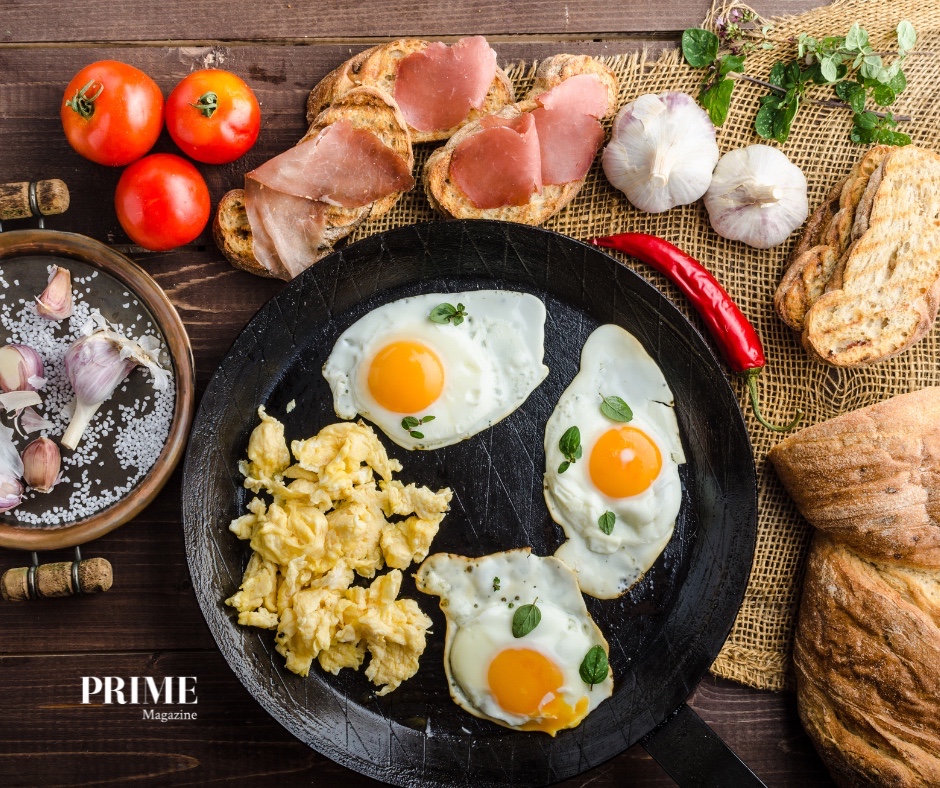
Muscle needs fuel to grow and stay strong. Older adults often under-eat protein, especially at breakfast and lunch. The body’s ability to process protein becomes less efficient with age, so we need more, not less.
Aim for:
-
Around 1.2–1.5 grams of protein per kilogram of body weight per day (e.g., ~70–90g/day for a 60kg adult)
-
At least 25–30 grams of protein per meal
-
Protein-rich foods like:
-
Tofu, tempeh, lentils
-
Greek yoghurt, milk, cheese
-
Whey or plant-based protein shakes
Tip: Combining protein with resistance exercise delivers the strongest anti-sarcopenia effect.
3. Don’t Skip Vitamin D
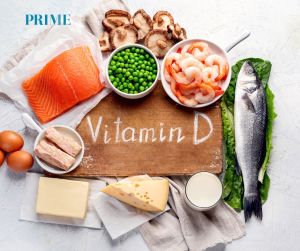
Vitamin D isn’t just for bones — it’s essential for muscle function and strength. Low vitamin D levels are common in older adults, especially those who avoid the sun or live indoors.
Ask your doctor for a blood test. If your levels are low, you may need:
-
Vitamin D3 supplements (1,000–2,000 IU/day depending on your needs)
-
Sunlight exposure (10–30 mins a day on bare skin, where safe)
-
Foods like fatty fish, eggs, fortified milk or cereals
4. Move More, Sit Less
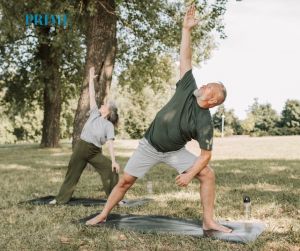
Aside from strength workouts, staying generally active helps prevent further decline. Aim to:
-
Walk daily (even short distances count)
-
Stretch regularly to maintain flexibility
-
Break up long periods of sitting with light movement every 30–60 minutes
Muscles respond to use — even light activity is better than none.
5. Consider Creatine and Other Muscle-Supporting Supplements
Some evidence supports the use of supplements such as:
-
Creatine monohydrate – May improve strength and muscle mass in older adults when combined with exercise
-
HMB (Beta-hydroxy beta-methylbutyrate) – Helps reduce muscle breakdown
-
Omega-3 fatty acids – May enhance muscle protein synthesis and reduce inflammation
Always check with your healthcare provider before starting any supplement.
6. Build Consistency, Not Intensity
You don’t need to train like an athlete. What matters most is doing small, regular actions consistently — not going all-out once in a while.
-
Strength train 2–3 times a week
-
Keep a routine — even if it’s just 15 minutes a day
-
Track progress: more reps, better balance, less fatigue
7. Ask for Help Early
If you’re struggling with weakness, falls, or unintentional weight loss, don’t wait. See a GP, geriatrician, or physiotherapist. Sarcopenia is a medical condition — and the earlier it’s managed, the better the outcomes.
Takeaway
Sarcopenia doesn’t have to be a natural part of ageing. With the right movement, nutrition, and support, you can preserve and rebuild strength — and enjoy greater energy, confidence, and independence for years to come.
Strong muscles support a strong life. It’s never too late to start. PRIME


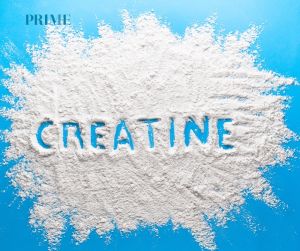




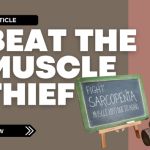



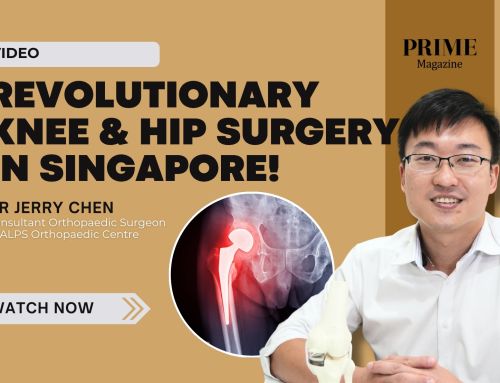
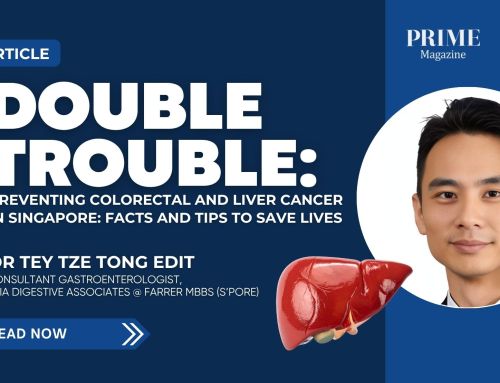
Leave A Comment